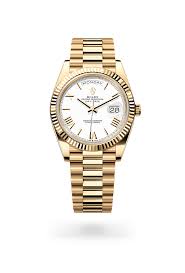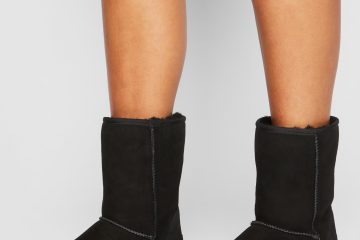The Enduring Legacy of Rolex in Luxury Watches

Introduction
Rolex, a name synonymous with luxury and precision, stands as a pillar in the watchmaking industry. Established in 1905, the brand has not only defined the essence of luxury timepieces but also set benchmarks for quality and innovation. Rolex watches are more than just timekeepers; they are status symbols, often worn by influential personalities, athletes, and world leaders. Understanding Rolex’s impact and continued relevance in today’s market is crucial for aficionados and casual buyers alike.
The Rolex Heritage
Founded by Hans Wilsdorf and Alfred Davis in London, the company moved to Geneva in 1919, which became the heart of its operations. Uniquely positioned, Rolex was the first manufacturer to produce a wristwatch that achieved the Swiss Certificate of Chronometric Precision in 1910. This accolade established Rolex’s devotion to accuracy and craftsmanship as foundational principles of its brand.
Over a Century of Innovation
Rolex has continually embraced innovation, introducing groundbreaking technologies that have changed the watch industry. The Submariner, launched in 1953, redefined diving watches with its water-resistant capabilities, while the Datejust, released in 1945, was the first wristwatch to display the date. Each subsequent model has pushed boundaries through meticulous engineering, illustrating Rolex’s commitment to excellence.
Cultural Impact and Status Symbol
Beyond technical prowess, Rolex has cemented itself in popular culture and social status. The brand’s presence in films, sports, and art showcases its luxury appeal. Icons like Winston Churchill and Paul Newman have sported Rolex, enhancing its image as a sought-after accessory. Today, owning a Rolex is not just about timekeeping; it represents achievement and success.
Current Trends and Market Influence
Recently, Rolex has seen a surge in demand, particularly in the secondary market. Luxury watch enthusiasts and collectors are increasingly investing in vintage pieces, driving prices to unprecedented levels. Auctions featuring rare Rolex models often capture headlines, indicating the brand’s unyielding position and desirability. Furthermore, as sustainability grows in importance, Rolex has pledged to enhance its environmental practices without compromising on quality.
Conclusion
Rolex continues to evolve while holding steadfast to its heritage of excellence. As consumers become more discerning, the demand for timeless craftsmanship and quality assurance will likely sustain the brand’s popularity. Rolex is not merely a watch; it is a symbol of aspiration, and its continuing legacy will ensure its relevance in luxury markets for generations to come.








